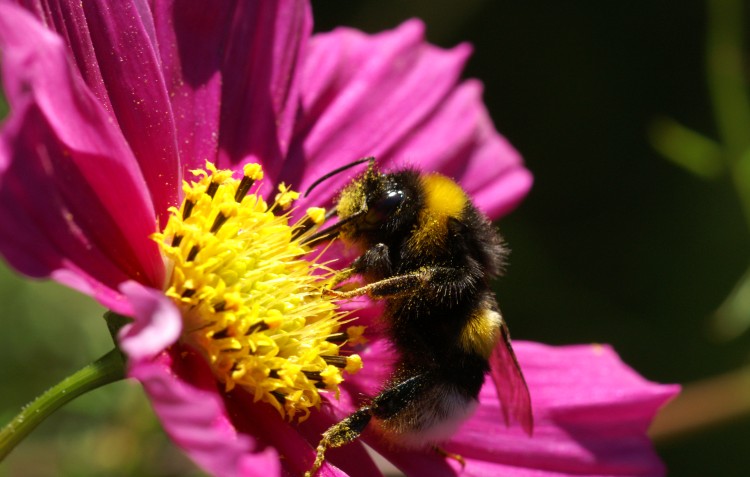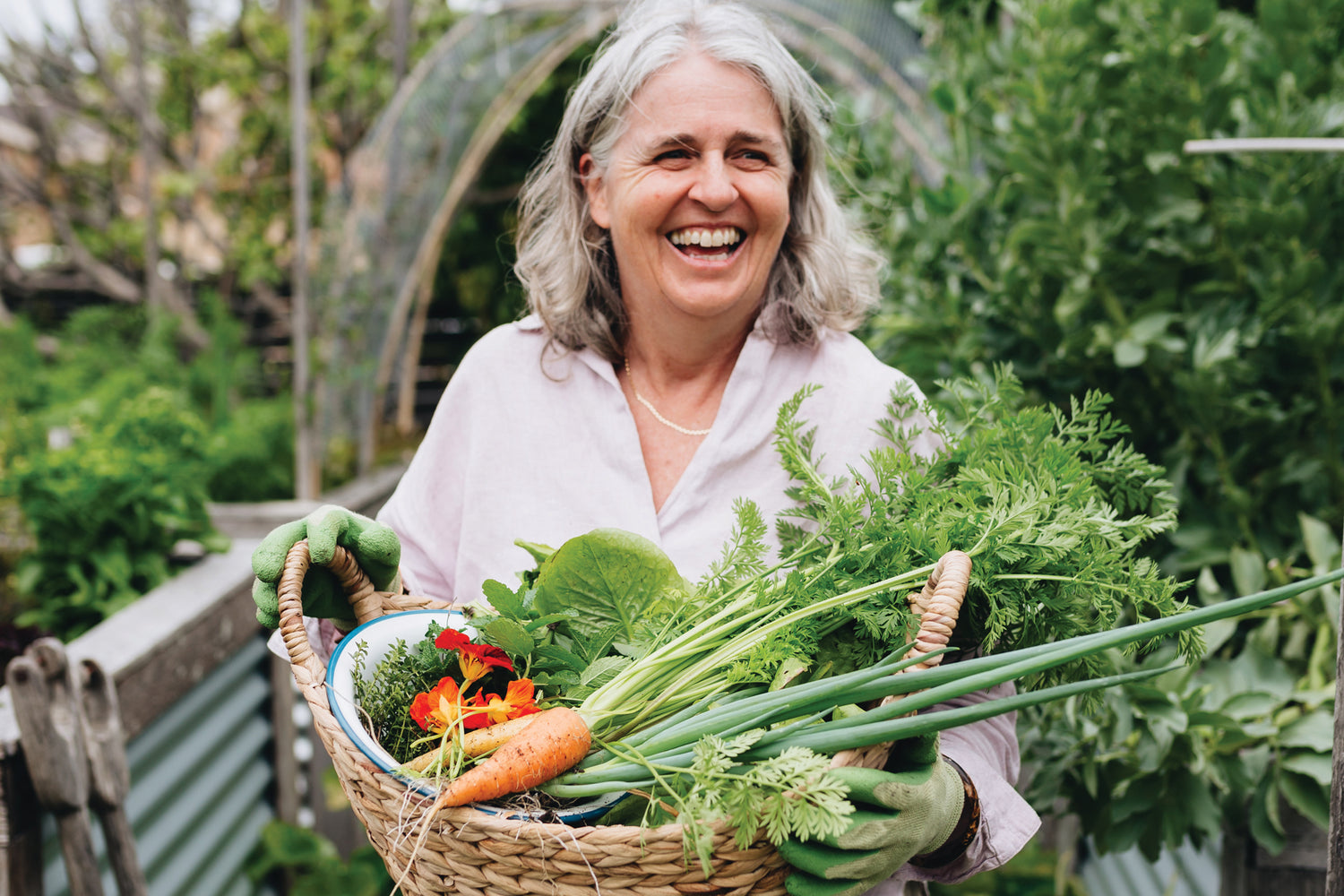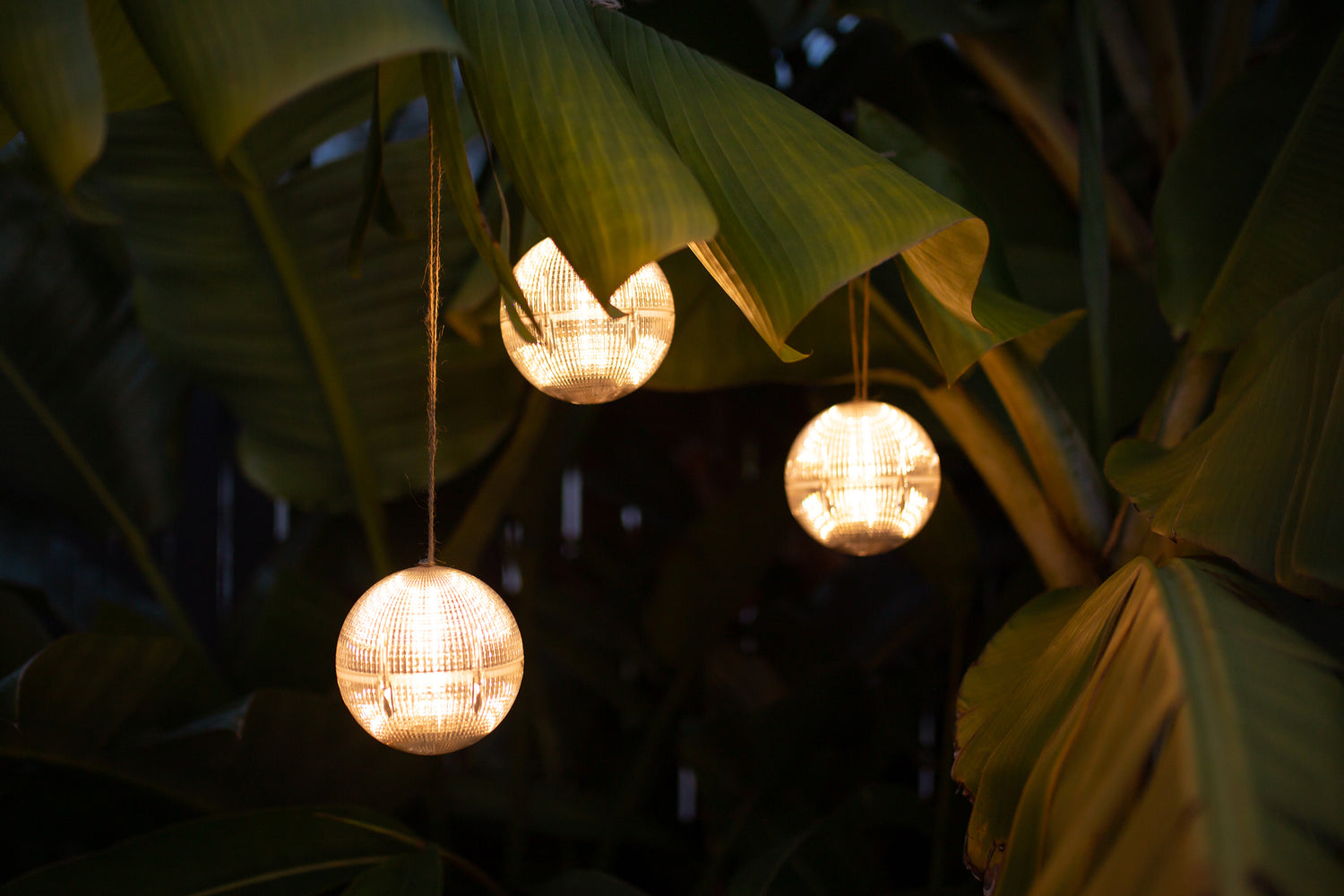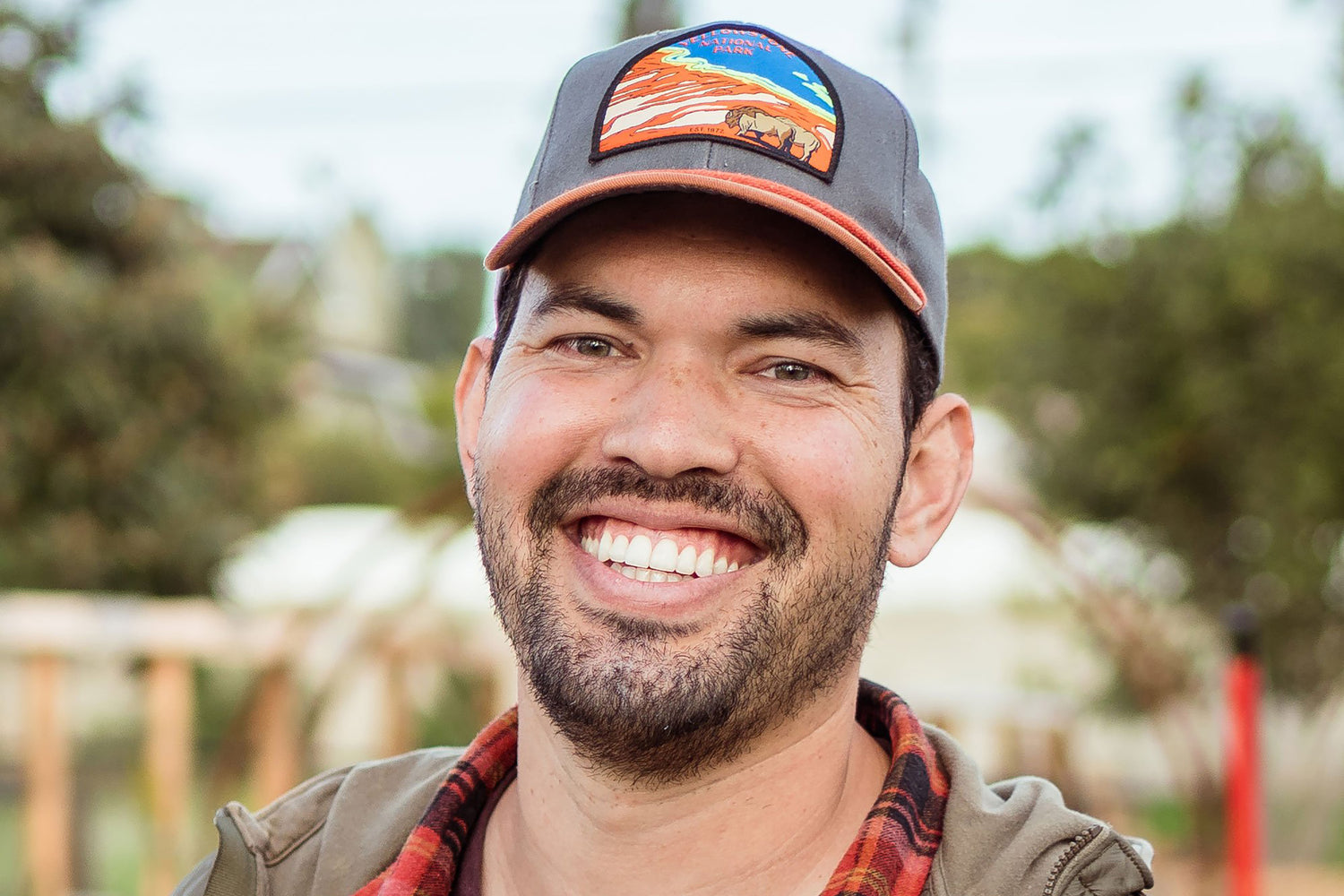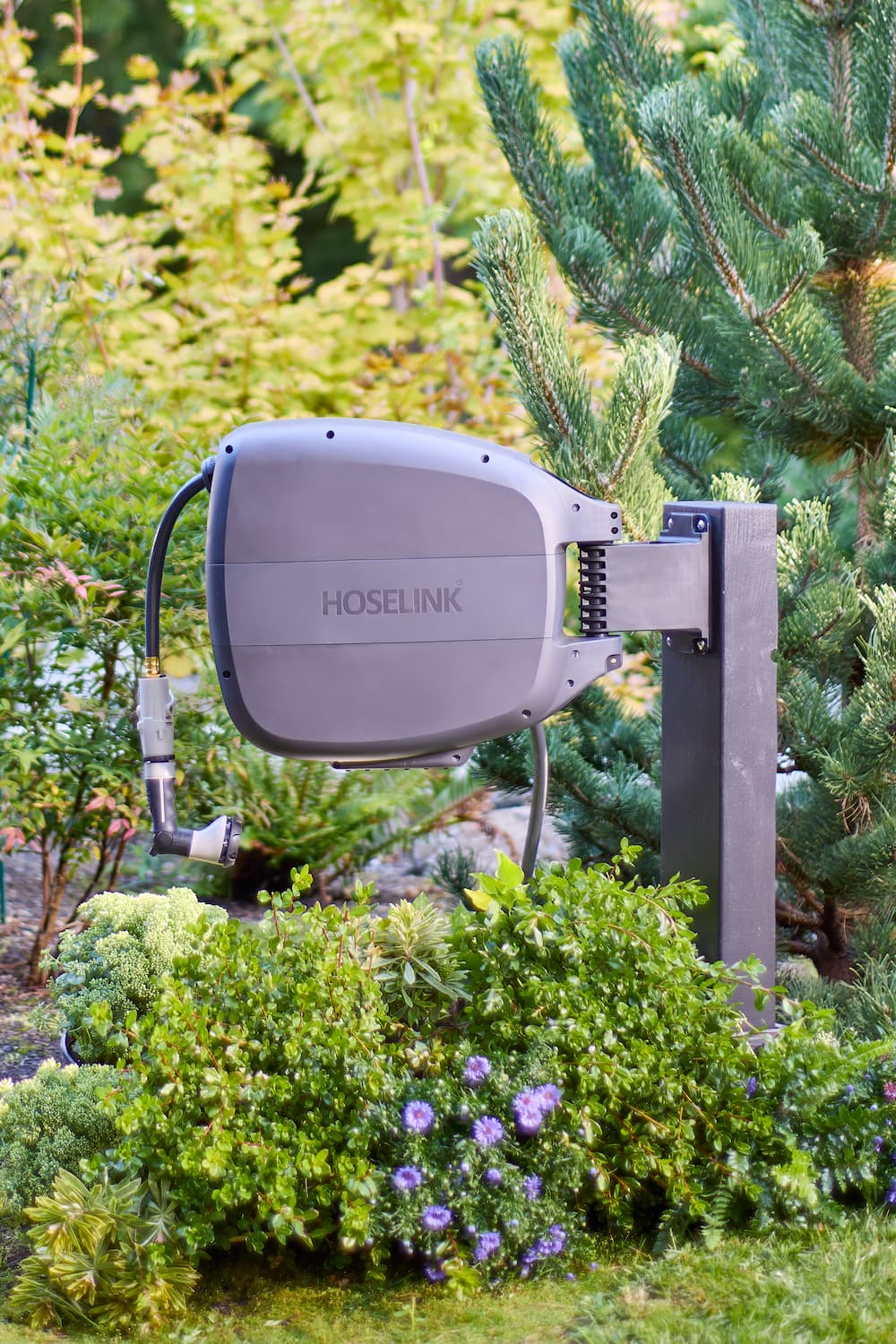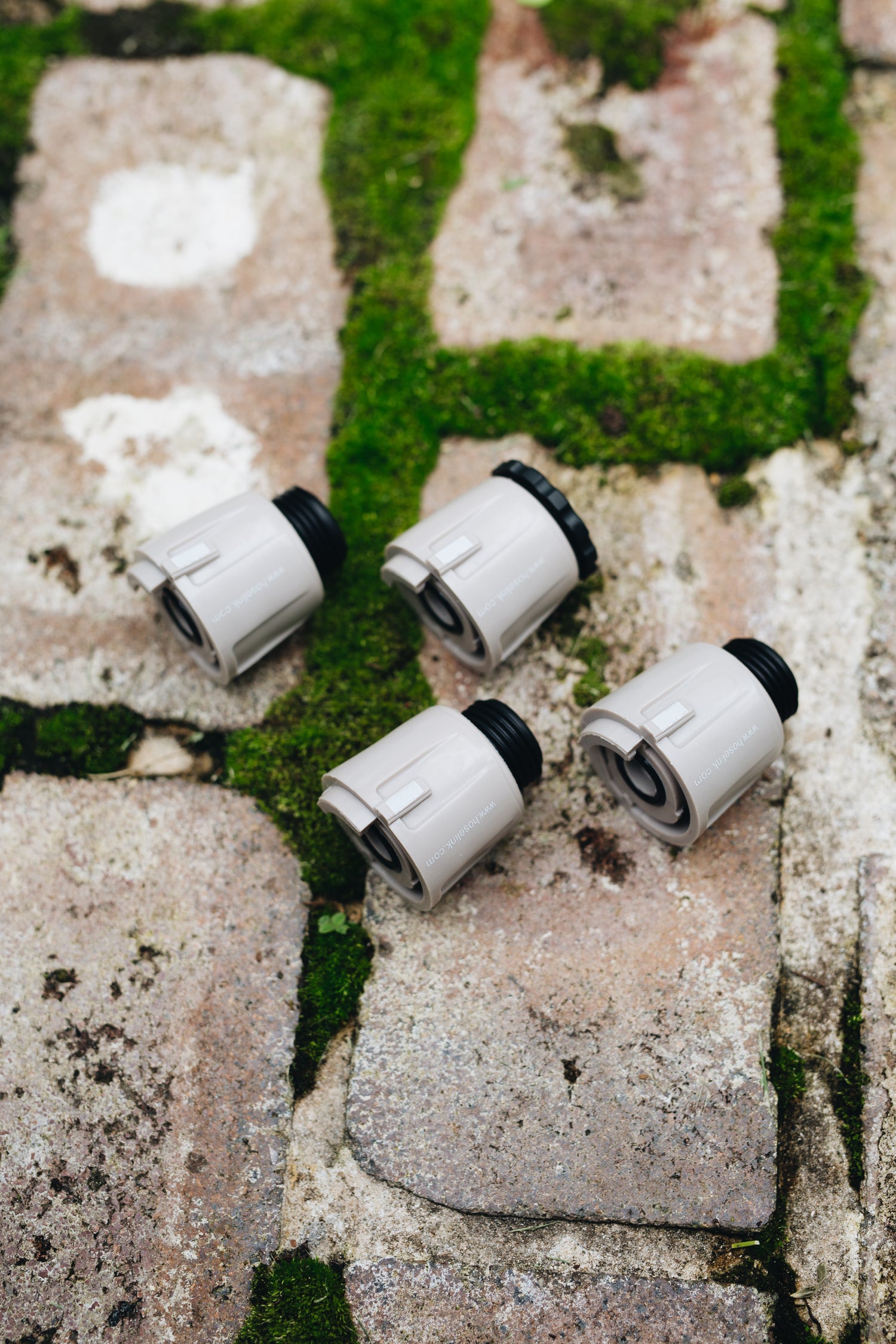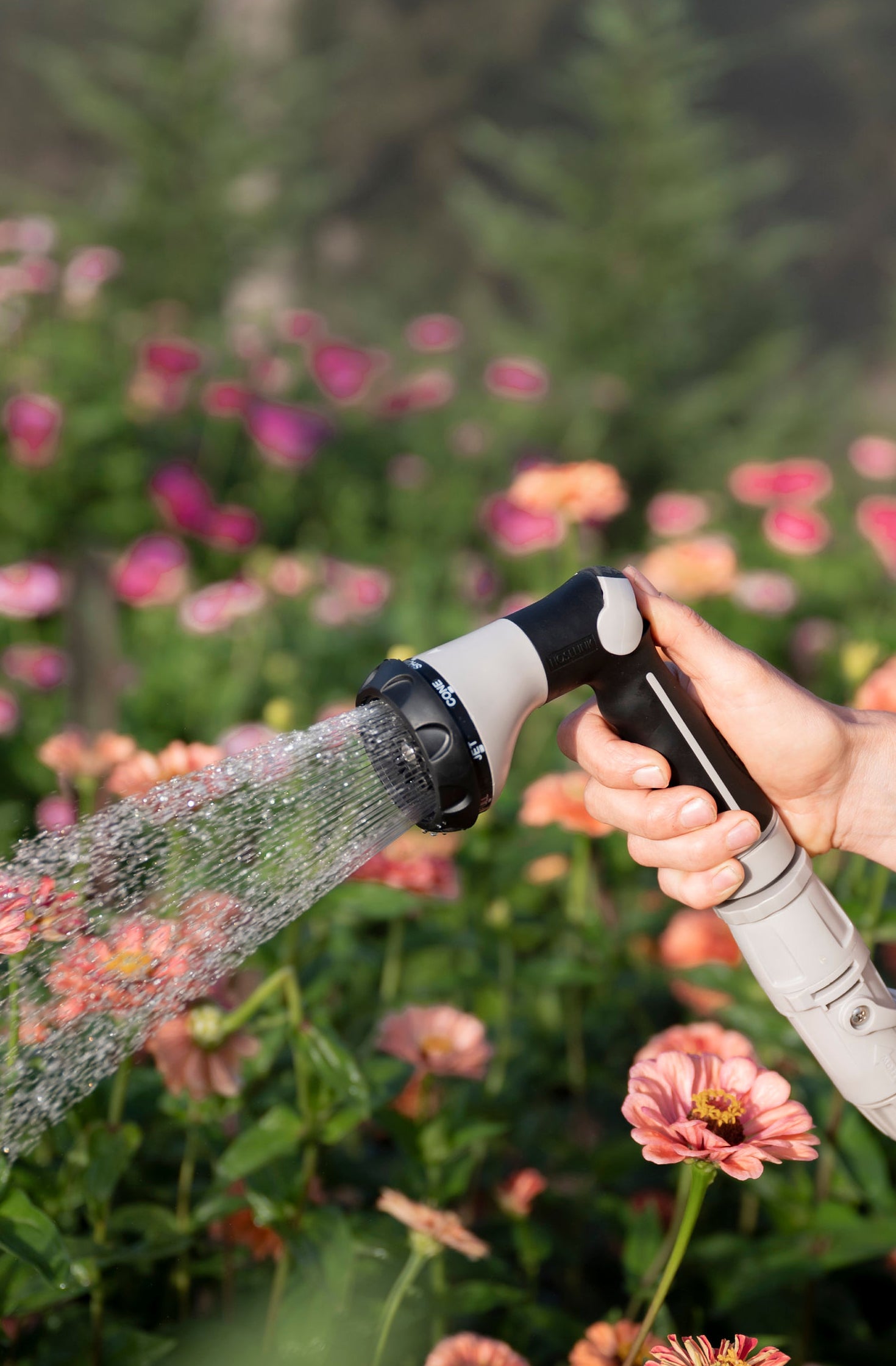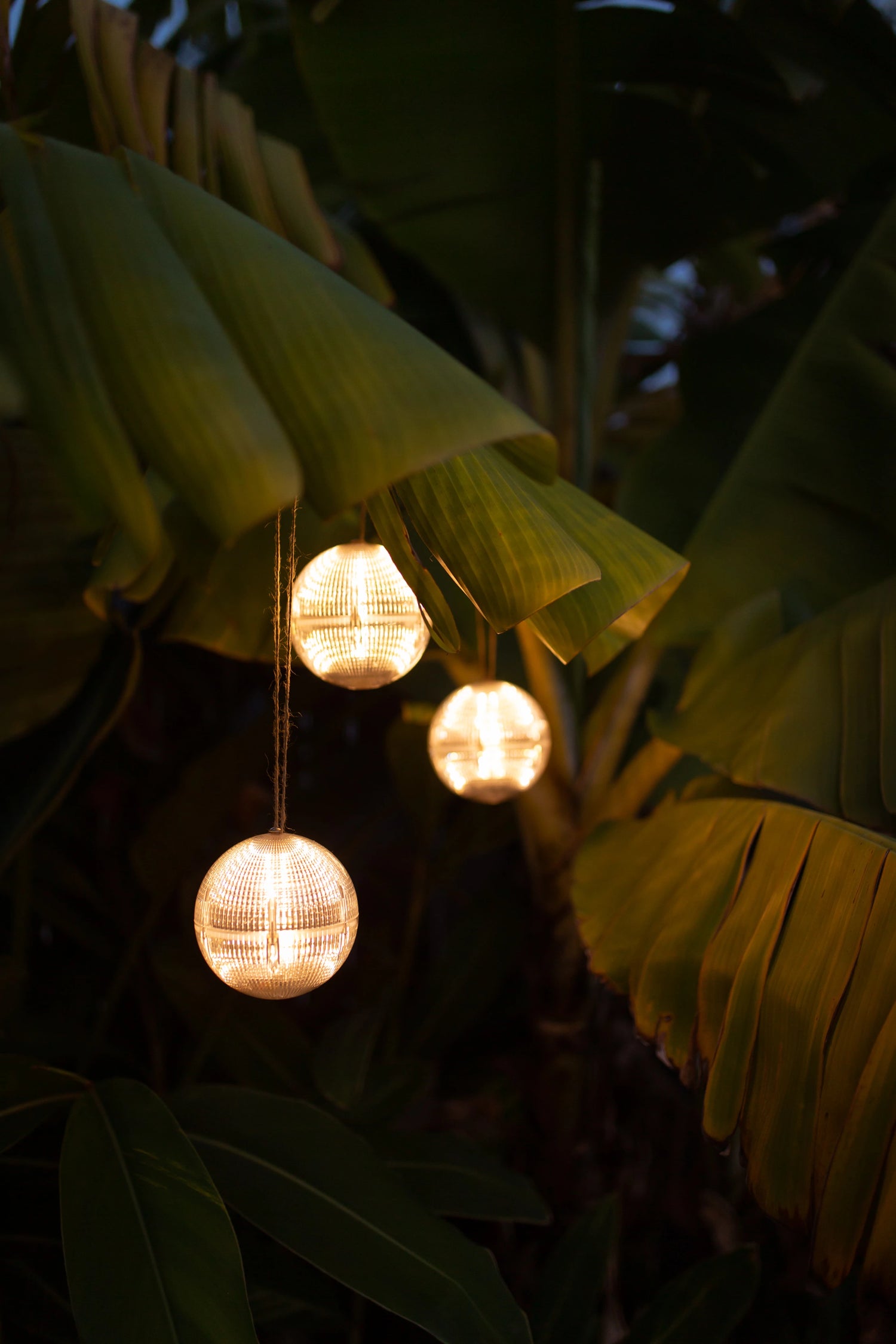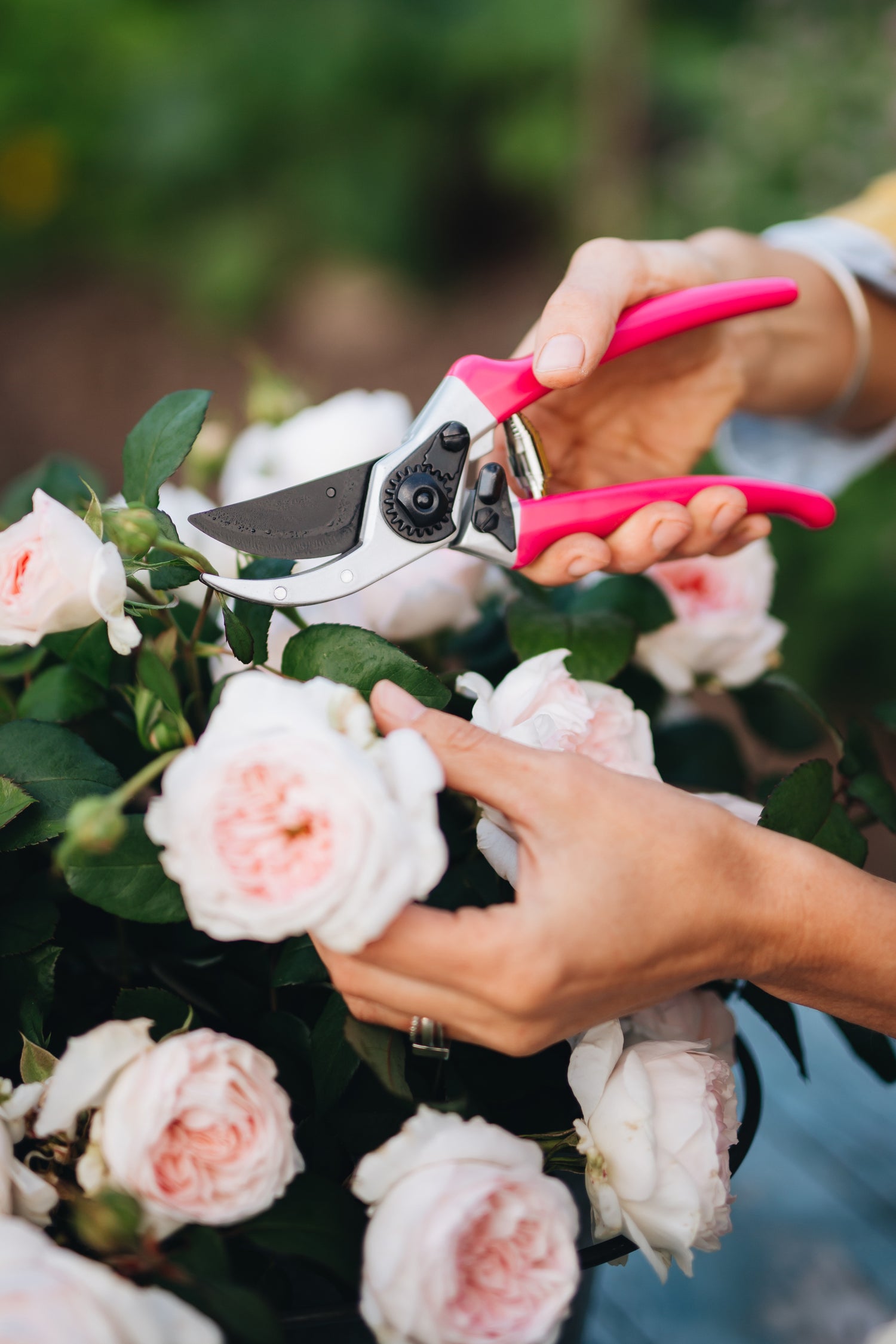The devastation of the pandemic has undoubtedly taken us back to our roots, literally! Globally, there has been a huge surge in growing our own fruits and vegetables. What started as something to do during endless hours of lockdown is now a continued commitment, and we are enjoying the fruits (and vegetables) of our labor.
As we have greened our way through the COVID-19 pandemic, have we forgotten the importance of stopping and planting the roses … or any flowers for that matter? But what do flowers have to do with my supplemental grocery garden, you may ask? Let’s start with the birds and the bees.
What’s the buzz about pollination?
Every living organism has the purpose of reproducing, and plants are no different. Pollination is nature’s miraculous way of reproducing the next generation of plants which are integral resources for food, clothing, and even shelter production.
Pollination occurs when pollen grains located on one flower’s male anther are transported by pollinators such as bees to another flower’s female stigma. As the bee moves from one sweetly scented bloom to another, the pollen sticks to its body; and the bee transfers it to the next flower’s ovaries to produce more seeds.

The importance and types of pollinators
Honeybees are the number one pollinator in the US. Honeybees pollinate over 50% of the crops in the United States, and different species of bees produce a third of the world’s crops. But it is not just the bee’s knees that collect that precious pollen. Other pollinator insects include lady beetles, moths, butterflies, and your humble household fly. But there are as many as 1,500 vertebrate animals that pollinate, including hummingbirds and perching birds. Then you have your more unusual pollinators such as flying foxes, fruit bats, possums, lemurs, and even geckos.

Why have a pollinator garden?
Now, unless you are only growing self-pollinating fruit and vegetables such as tomatoes and peas (show-offs), you are going to need pollinators to help your harvest be bountiful. Have you ever wondered how you can help your fruit tree produce better quality fruit or any fruit at all for that matter? Scientists have found plants that have been pollinated have a larger yield, and the harvest is of superior quality. In other words, if you want sweet strawberries or perfect peppers, you are going to need more nectar-filled flowers! A bountiful harvest is only one of the benefits of pollinator gardens. Planting a habitat for native pollinators can have an extremely significant global effect on resource and food crops. By dedicating even as little as a few colorful pot plants to your urban kitchen garden or digging up part of your lawn to plant forget-me-nots, you are creating a habitat for diminishing pollinators.
Two is better than one
Companion planting is a clever technique used in vegetable gardening to maximize your chances of pollination, even in colder weather. The method is to grow specific produce near each other to help with each other’s growing success. Most companion flowers are strongly scented, such as mint, lavender, and garlic chives. These herbaceous plants are hardy, heavily scented, and therefore can attract a range of pollinators such as bees, butterflies, and hoverflies all year round.

The big decline
There are three major reasons contributing to the dismal decline of our pollinators in North America: The use of pesticides and herbicides, habitat loss, and, of course, climate change. As scientists scramble to mitigate the rapid 40% decline in honeybees and the threat of diminishing resources, we do not need to go further than our yard or terrace to help. Simply, we depend on plants, and plants depend on pollinators. The threat to food security during the pandemic is a drop in the ocean compared to the devastation to crops if pollinators keep declining. You can create a bee buffet or get creative with the kids and even start your own hotel business!
Bee hotels
Creating a buffet of blooms for bees is one way to save them. You can also involve the little ones and build bees a place to call home. There are a few methods for creating these simple yet effective bee hotels that are designed to provide suitable nesting opportunities for aerial cavity-nesting species. It does not need to be expensive or time-consuming. It can be as simple as an empty plastic soda bottle with the bottom cut off (this forms the front) and the lid left on (to form the back). Then simply cram with a range of different nesting materials such as hollow stems, dried stems, or untreated wood. Prop up your bottle in a warm sheltered spot at about eye height, and you are in business! Of course, there are fancier versions you can make or buy; the options are truly endless. The biggest tip we can give you is to make sure the hotels are not too large and nicely spaced out otherwise, you may have a party of parasites!
Another hack is not to keep your garden too tidy, as 70% of native bees are what we call ground-nesting bees. Mining bees are some of the earliest pollinators to emerge in spring, making them critical to the early pollination process of fruit trees such as cherries, plums, and apricots, as well as other flowering trees, shrubs, and spring ephemerals. To create a favorable habitat, leave a place in the garden that is not manicured as even a one-inch layer of mulch can be dense enough for these small bees to thrive. A very shallow birdbath or even a tray of water will also provide essential hydration for your pollinators. Scientists still believe that having food sources is even more important than bee hotels. So, if this is all too much effort, stick to your bee buffet! Here is our guide to planting pollinator-friendly perennials no matter where you live.

Top 6 perennial plant species for pollination:
To plant a pollinator garden, you must think like a pollinator. Favor native plants as the resident pollinators love the local grub. A top tip for any pollinator garden design, whether it is your balcony or yard, is planning your garden for year-round flowering. This way, your bees are getting all year dining and plenty of nutrition. Research also suggests that native bees prefer blue, yellow, or white flowers rather than red and orange, and planting them in clumps that are easily seen is useful. The use of pesticides on your plants will defeat the purpose of your bee restaurant. And lastly, bee patient! Especially if you are an urban gardener, it may take longer for pollinators to find you. But the best part is, once your perennial plants are in the ground, there is not much seasonal maintenance. Here are our top six perennial pollinator plants:
- Rosemary (Rosmarinus officinalis), or Tuscan rosemary, provides a beautiful blue flowering buffet for bees and will thrive in zones 8 to 10. Most rosemary varieties are reliably hardy to 20°F; however, gardeners in cold-winter areas can successfully grow rosemary indoors in a five-gallon container with fast-draining potting soil. This culinary plant can grow up to four feet tall and is also a great hedge choice.
- Russian sage (Perovskia atriplicifolia), also known as ‘Denim n’ Lace’, grows well in zones 4 to 9. Beautifully blue, this fragrant foliage is drought tolerant and attracts hummingbirds. This sun-loving perennial needs good drainage and will grow up to 32 inches high.
- Coneflower (Echinacea purpurea) makes a great companion plant for Russian Sage and is native to the eastern and central US (zones 5 to 8). These pot-friendly, medicinal plants attract winged pollinators such as butterflies, honeybees, and hummingbirds, and the flowers flourish in poor or lean soil.
- Sweet box (Sarcococca confusa), produces small, vanilla-scented (hello dessert!) white flowers. This winter-hardy pollinator magnet is suited to zones 4 to 7 and is perfect for cottage gardens or containers.
- Butterfly bushes (Buddleia davidii) are tough plants that are hardy to zones 4 to 9. The long panicles attract butterflies and beneficial insects. The attractive shape of this flower keeps the interest of pollinators beyond the spring and summer months, even when it’s not in bloom.
- Bee balm (Monarda) is a herbaceous perennial native to North America and is best grown in zones 2 to 9. This reliable plant is not as invasive as its cousin, mint, but will need some taming. Like lemon balm, they attract bees yet repel pests and make a lovely cup of tea.

So, whether you are growing a grocery garden or a cottage crop, make space for colorful scented blooms, and the results will be unbeelievable!

